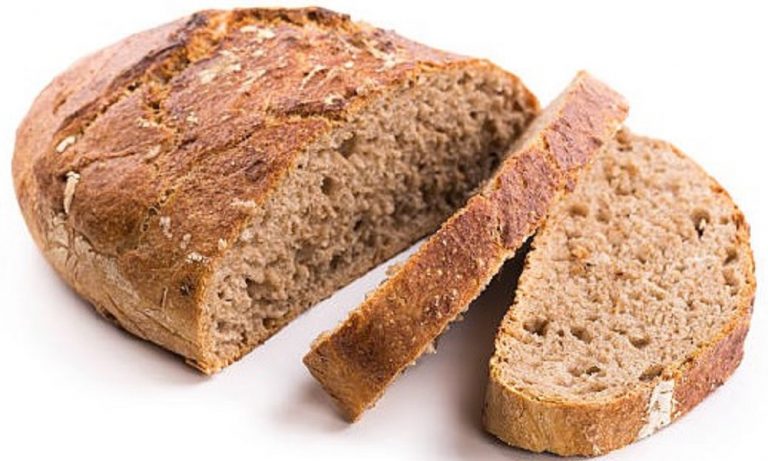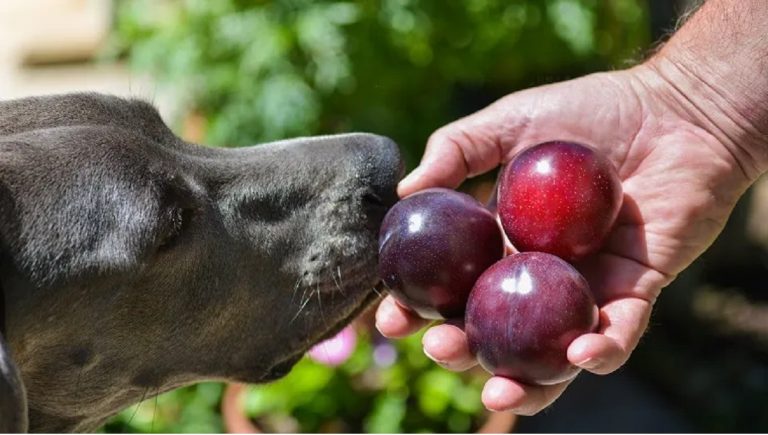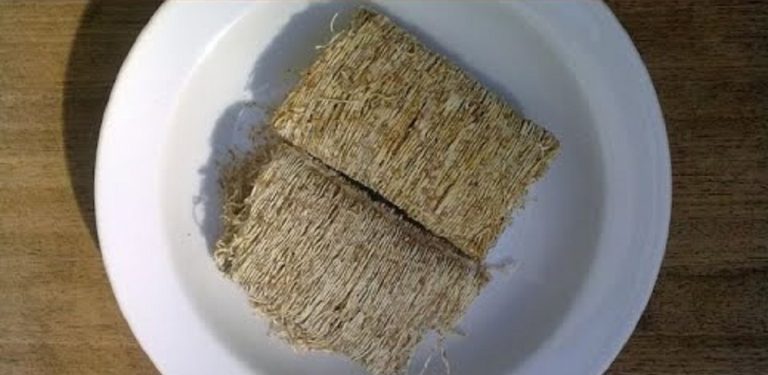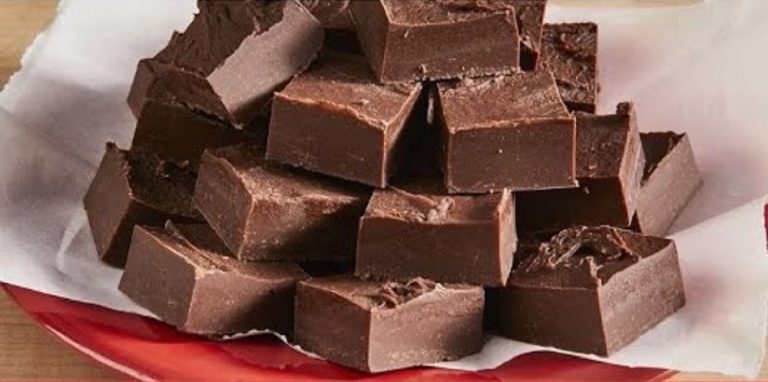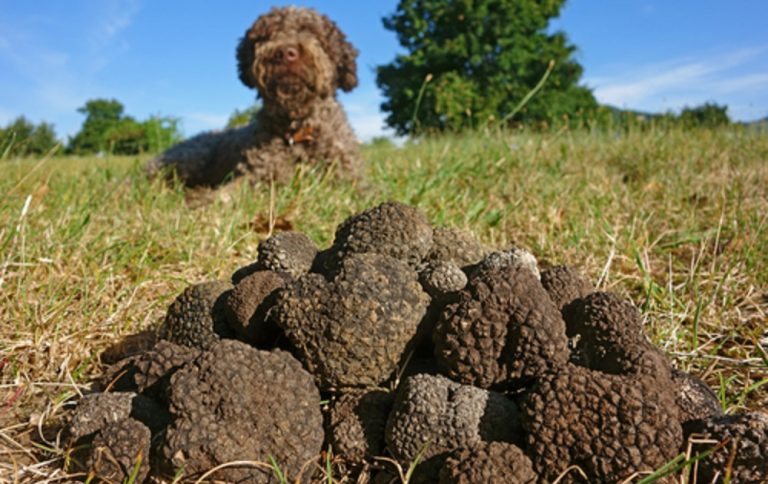Can Dogs Eat Deer Legs?
Dogs can safely eat deer legs as long as they are cooked and all the bones are removed. Deer meat is a healthy source of protein for dogs, but it is important to make sure that any wild game meat you feed your dog has been properly handled and prepared.
All bones should be removed from the deer leg before feeding it to your pup, as even cooked bones can splinter and cause injuries or even blockages in the intestine.
Can I Feed My Dog Deer Legs?
Feeding your dog deer legs or any other wild game meat should be done with caution and consideration of several factors:
- Legality: Check the local laws and regulations regarding hunting and possession of wild game in your area. It may be illegal to feed your dog deer legs obtained through hunting, especially if you don’t have the necessary permits or licenses.
- Quality and Safety: The quality and safety of the meat are crucial. If you obtain deer legs from a reputable source and ensure proper handling and storage, the meat can be safe for your dog to eat. However, wild game meat can carry parasites or diseases, so it’s essential to have the meat properly inspected and, if necessary, frozen or cooked to kill potential pathogens.
- Bones: Deer legs contain bones that can be quite dense and hard. Feeding bones to dogs can pose a choking hazard or lead to dental fractures. If you decide to feed deer legs to your dog, it’s safer to remove the bones entirely or grind the meat to a consistency that your dog can safely eat.
- Nutrition: Wild game meat can be a nutritious source of protein for dogs. However, it’s essential to provide a balanced diet that includes all the necessary nutrients. Feeding only deer legs or any single type of meat may lead to nutritional imbalances.
- Food Allergies: Introduce any new food slowly and monitor your dog for signs of allergies or digestive upset. Some dogs may be sensitive to new proteins, and it’s crucial to watch for adverse reactions.
- Portion Control: Like any treat or supplement, deer legs should be fed in moderation. Overfeeding can lead to digestive issues or an unbalanced diet.
If you’re considering feeding your dog deer legs or any wild game meat, it’s advisable to consult with your veterinarian first. They can provide guidance on proper sourcing, preparation, and portion control to ensure the safety and nutritional balance of your dog’s diet. Additionally, they can help you determine if your dog has any specific dietary requirements or allergies that need to be considered. Remember that safety and the well-being of your pet should always be the top priority when introducing new foods into their diet.
Potential Health Risks if Dogs Eat Deer Legs
Feeding deer legs or any wild game meat to your dog can carry several potential health risks, and it’s essential to be aware of these risks before offering such meat to your pet:
-
Bones: Deer legs contain dense, hard bones that can pose significant risks to dogs. These bones can splinter and cause choking, blockages, or dental fractures. If you decide to feed deer legs to your dog, it’s safer to remove the bones entirely or grind the meat to prevent these issues.
-
Parasites and Diseases: Wild game meat can carry parasites, bacteria, and diseases that can be harmful to both dogs and humans. Common concerns include parasites like tapeworms, bacteria like Salmonella or E. coli, and diseases like Chronic Wasting Disease (CWD) in deer. Proper inspection, handling, and cooking (if necessary) are crucial to reduce the risk of infection.
-
Nutritional Imbalance: Feeding only deer legs or wild game meat can lead to a nutritional imbalance in your dog’s diet. Dogs require a balanced diet that includes various nutrients, and relying solely on one type of meat can result in deficiencies or excesses.
-
Food Allergies and Sensitivities: Introducing a new protein source, such as deer meat, can lead to allergies or sensitivities in some dogs. Watch for signs of allergic reactions, including itching, hives, digestive upset, or changes in behavior.
-
Legal and Ethical Considerations: Depending on your location, there may be legal and ethical considerations related to hunting and feeding wild game to pets. Make sure you are complying with local laws and regulations.
-
Portion Control: Wild game meat should be fed in moderation. Overfeeding can lead to digestive issues, obesity, or an unbalanced diet.
If you are considering feeding deer legs or any wild game meat to your dog, it’s crucial to consult with your veterinarian for guidance. They can provide advice on sourcing safe meat, proper preparation, portion control, and ensuring your dog’s overall dietary needs are met.
In many cases, commercial dog food formulated to meet your dog’s nutritional requirements is a safer and more convenient option. Always prioritize the health and well-being of your pet when making dietary decisions.
Can My Dog Eat a Hairy Deer Leg?
No, it is not a good idea for your dog to eat a hairy deer leg. The fur on the leg could be dangerous if ingested and can cause an obstruction in the digestive tract or even lead to choking. Additionally, depending on where the deer was harvested from, there may be parasites that could make your pet sick.
If you want to feed your pet some type of meat from a wild animal, it is important to ensure that all parts are properly cooked with no hair remaining as well as inspected for any parasites or other contaminants before feeding them.
Furthermore, it is always recommended that you consult with your veterinarian prior to introducing new foods into their diet and follow their advice accordingly for optimal health and safety of your beloved pup!
What Parts of Deer are Good for Dogs?
Deer meat is a great source of nutrition for dogs, as it contains essential vitamins and minerals that promote healthy development. Deer parts such as liver, heart, kidneys and brain are some of the best sources of nutrients for dogs.
The deer liver has an excellent nutritional profile including high levels of vitamin A, B-vitamins (B6 & B12), selenium, iron and amino acids like tryptophan. It also provides a good source of protein which helps to build strong muscles in your dog.
Heart is also beneficial due to its richness in taurine which supports vision health and heart health by helping regulate blood pressure. Kidneys provide additional proteins while the brain offers fatty acids that help with cognitive function in older dogs or those recovering from illness or injury.
All these parts should be cooked before feeding them to your pooch; this will ensure your pup gets all the nutrients without any risk associated with uncooked meats.
Do Deer Legs Splinter?
Deer legs are a mysterious part of nature that has been the source of much speculation. While it’s true that deer have very strong and powerful legs, there is still some confusion as to whether or not their legs can splinter.
The answer to this question is both yes and no. Deer leg bones are made up of different layers which make them resistant to cracking, but if too much force is applied they can crack or even shatter like a brittle bone.
This means that under certain circumstances, such as when being hit by a vehicle or during an intense fight with another animal, deer legs may be susceptible to splintering. Additionally, improper field dressing techniques on freshly harvested deer carcasses can also cause the bones in their legs to split apart due to the sharpness of knives and other tools used in cleaning game animals for food purposes.
Ultimately though, because most hunting situations do not result in enough force being applied directly onto the leg bones themselves, deer typically don’t suffer from broken or shattered limbs while out in the wild.
Hairy Deer Leg for Dogs
Hairy Deer Leg for Dogs is a unique chew toy that offers your pup a natural, long-lasting chewing experience. This chew toy is made from 100% wild deer leg hair and provides an excellent source of calcium, magnesium and other minerals to help support healthy teeth and gums.
The texture of the rough hairs also helps maintain dental hygiene by scraping away plaque build-up. Hairy Deer Leg for Dogs makes an ideal choice for dogs with strong jaws as it’s durable enough to withstand tough chewing sessions while still being safe on their gums.
Can My Dog Eat a Raw Deer Leg?
No, it is not recommended that you feed your dog a raw deer leg. Raw deer meat can contain parasites or bacteria such as E. coli and salmonella which can cause severe illness or death in dogs if ingested.
Additionally, the bones of large animals like deer are too dense for dogs to digest leading to potential choking hazards or intestinal blockages. If you want to feed your pet venison, it should be thoroughly cooked first – both for safety and palatability reasons!
How to Prepare Deer Leg for Dog?
To prepare deer leg for your dog, you should thoroughly clean the area of any dirt or debris before cutting off the meat. After removing all of the fat and sinew from the bone, cut it into small pieces that can easily be consumed by your dog.
To ensure maximum nutrient absorption and reduce risk of choking hazards, it is important to cook the deer leg until it is soft enough for your canine companion to chew. Finally, serve as a delicious treat!
Conclusion
In conclusion, it is not recommended to feed deer legs to your dog. Deer leg bones can splinter and cause an obstruction in the digestive tract, which can be very dangerous for your pup. If you would like to feed meaty bones as treats or part of a meal, consult your veterinarian about what types of bones are safe for feeding.

